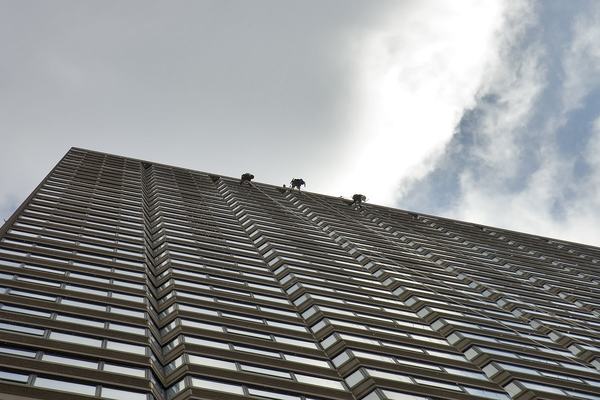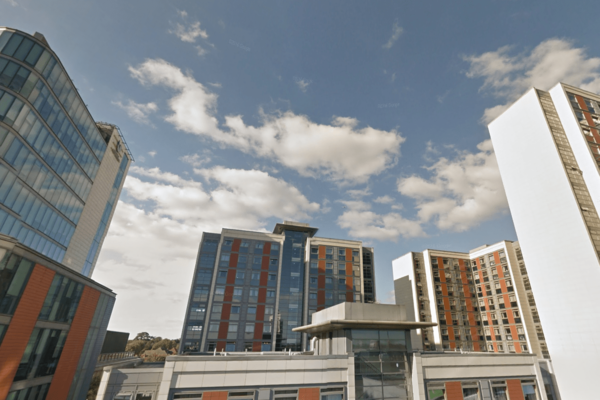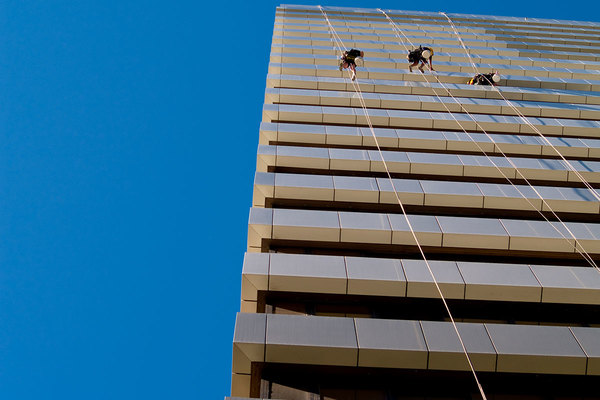You are viewing 1 of your 1 free articles
Government announces ‘financial support’ for cladding removal on private blocks
The government has announced it could provide “financial support” for local authorities to remove dangerous cladding from private buildings.
The Ministry of Housing, Communities and Local Government (MHCLG) said councils will get “the government’s full backing, including financial support if necessary” over private blocks.
Buildings in the private sector with dangerous cladding have been a sticking point in the post-Grenfell fire safety crisis, with disputes over who should pay for the work causing long delays.
In May, Theresa May said the government would fully fund the replacement of cladding on social housing tower blocks but has until now resisted making any financial commitments for private buildings.
MHCLG said local authorities “will recover the costs from building owners” but did not reveal how this would happen.
Inside Housing has asked how the government will provide this “financial support” to local authorities.
A total of 289 private sector high-rise buildings have been identified as having unsafe cladding as of the 31 October, with remediation finished on just 19 of these blocks. There are still 98 of these buildings which have no plans in place for cladding removal.
In a statement to parliament, Mr Brokenshire said the lack of action by some building owners had prompted the action.
He said the department would now write to local authorities where owners refuse to carry out work and offer them support to take enforcement action.
The ministry has also added to the Housing Health and Safety Rating System operating guidance, with clearer instructions on how to assess high-rise buildings with unsafe cladding.
It is hoped the new guidance will help local authorities make more robust hazard assessments to support enforcement action.
A new joint inspection team led by the Local Government Association will be created to provide support to local authorities when making their assessments.
Housing secretary James Brokenshire said: “Everyone has a right to feel safe in their homes and I have repeatedly made clear that building owners and developers must replace dangerous ACM [aluminium composite material] cladding. And the costs must not be passed on to leaseholders.
“My message is clear – private building owners must pay for this work now or they should expect to pay more later.”
It will not, however, apply to high-risk buildings like schools and hospitals which are not above 18 metres in height.
This is despite a letter last month, written by Labour MP Steve Reed and signed by 20 other MPs, which criticised the ban for failing to include such buildings.
It also said that the move does nothing to protect existing blocks where combustible materials are part of the external walls.
In a written statement to Parliament, housing secretary James Brokenshire said: “As part of wider work on fire safety across government, I will work with the education secretary to join up our reviews of fire safety guidance.
“I also welcome the Department for Education’s commitment to ensuring schools over 18m built as part of their centrally delivered build programmes will not use combustible materials, in line with the terms of the ban, in the external wall.”











